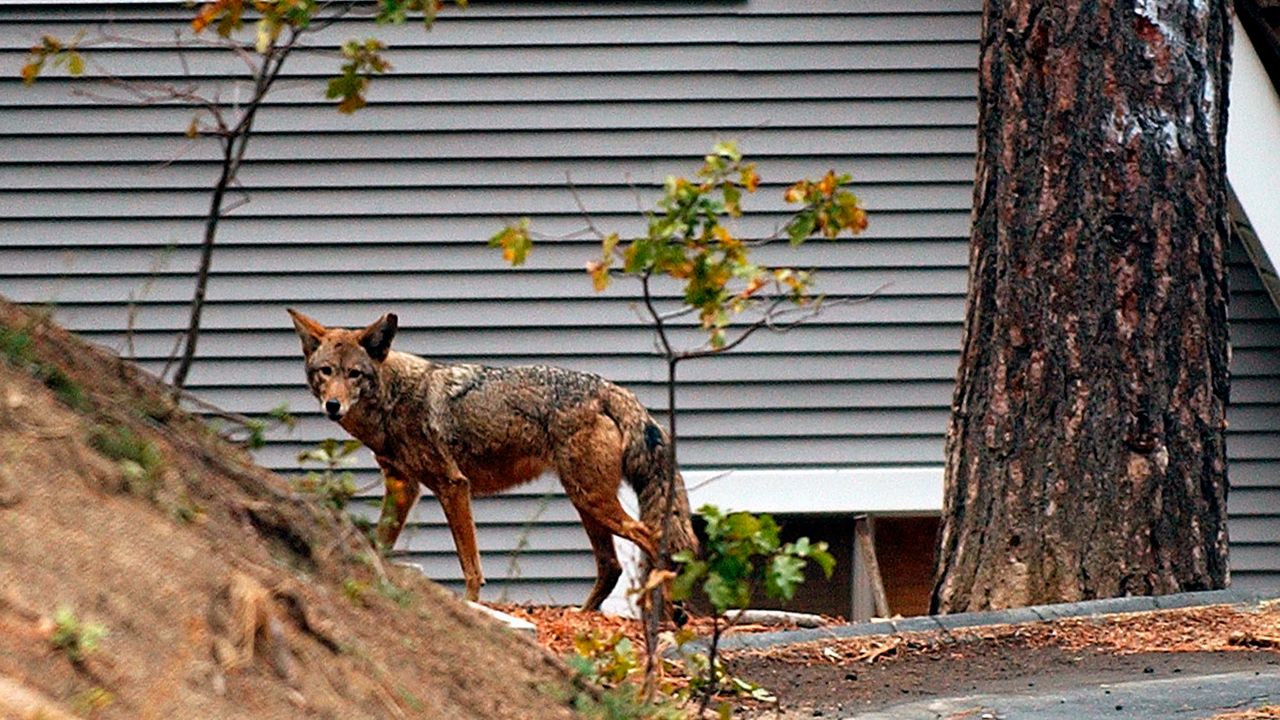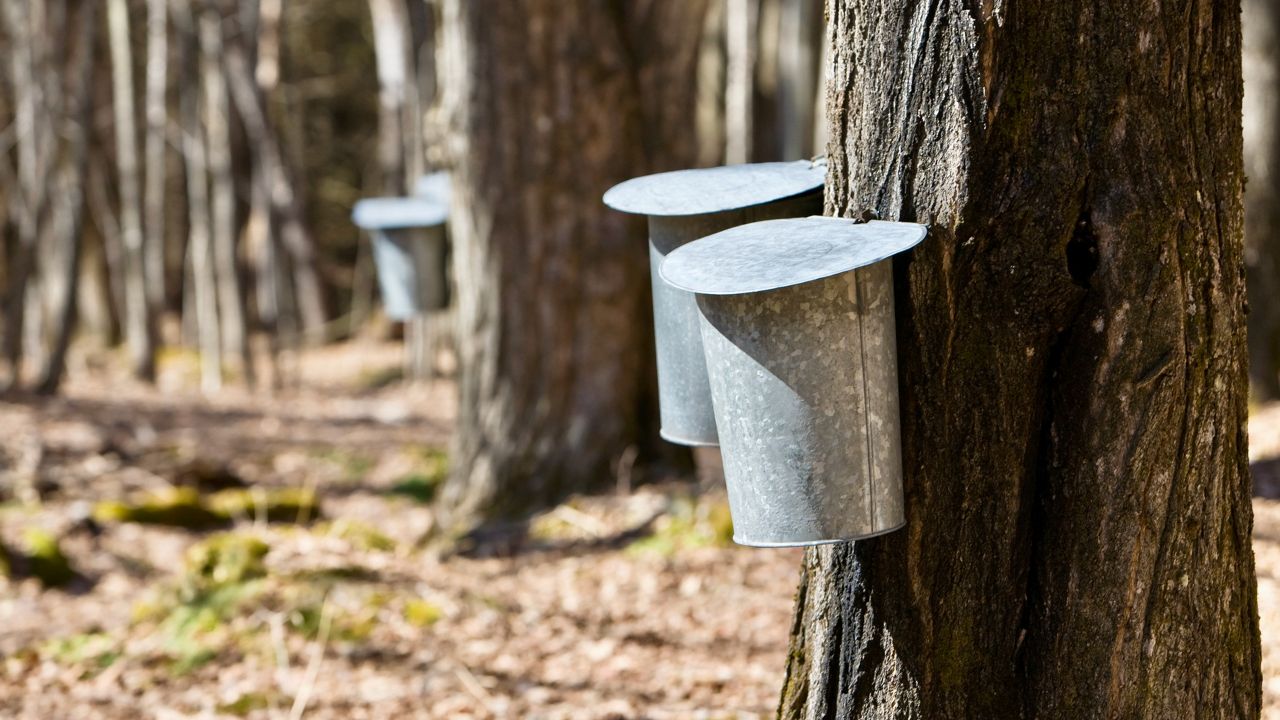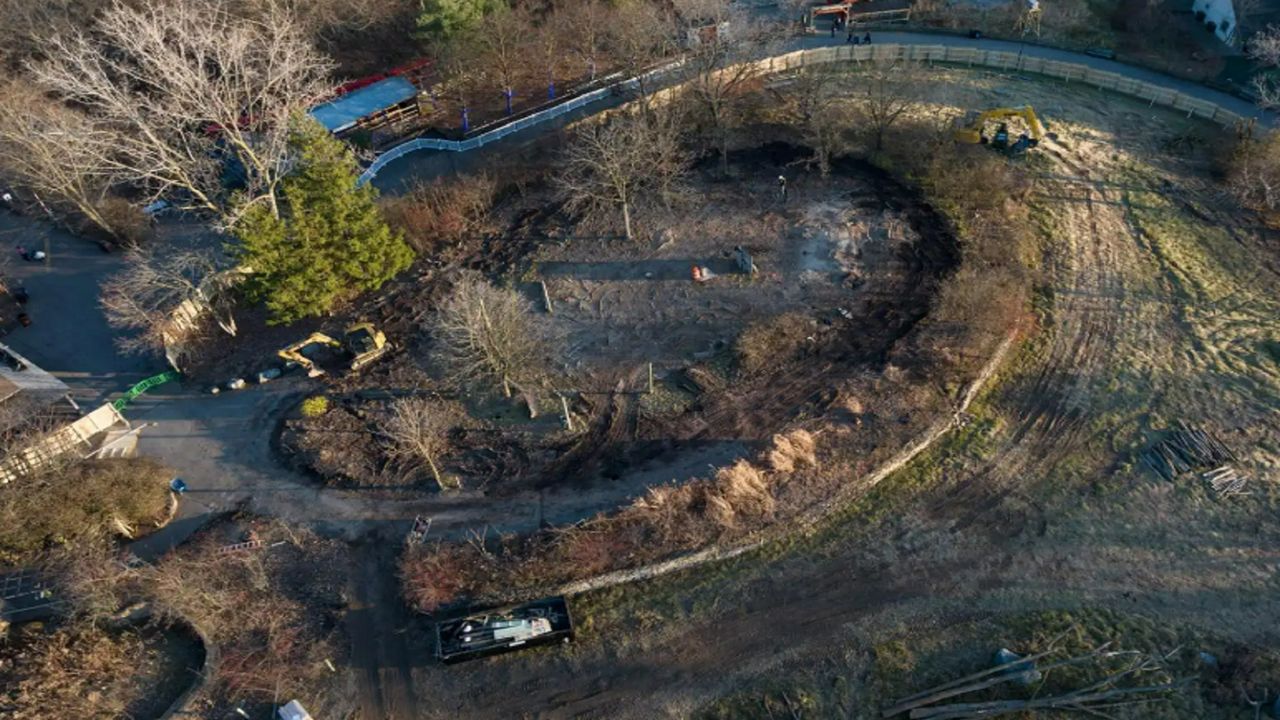OHIO — A recent study shows city life has a big impact on coyote survival, and it may not be in the way you think.
Researchers from the Ohio State University monitored 214 coyotes in Chicago from 2013 to 2024. Overall, the data shows that densely populated areas were linked to longer coyote lifespans.
“What we found was really interesting, in that the societal characteristics seem to play a much more important role in predicting coyote survival time than the environmental characteristics,” said Emily Zepeda, first author of the study and a postdoctoral scholar in the School of Environment and Natural Resources at Ohio State University.
The study, published in the journal Urban Ecosystems, used data from the Urban Coyote Research Project. It’s a long-term study of coyote ecology in Chicago led by Stan Gehrt, who was senior author of the study and a wildlife ecologist at Ohio State.
The researchers say there are around 4,000 coyotes that live in Chicago, and Gehrt’s previous work shows that the animal’s behavior, genetics and more have helped it adjust to the city life.
Of the 214 coyotes they tracked, the duration of their tracking period was used as a representative of its survival time, researchers said.
In less populated areas, the coyote survival rate was low on average. The study also looked into how the survival rates were impacted by neighborhood income and density. For areas with median income, they weren’t associated with survival rates. But in moderate or higher populated areas, coyotes were one-and-a-half times more likely to survive in low-income areas versus high-income areas.
“We’ve hypothesized that population density may have a positive effect because it’s actually providing resources like human-related structures or food that allow coyotes to weather the harsh conditions of the winter, which is a major mortality factor for Chicago coyotes,” Zepeda said.
More information on the study can be found here.







)



